In search of ‘the Commons'
Khanya Mashabela
Though Common prioritised expressing particular concepts regarding organisational structure in a way that was visual and relatable, it began as multiple interweaving research interests. This path offers a more explicit exploration into the ideas which underlie the exhibition. – February 1, 2024
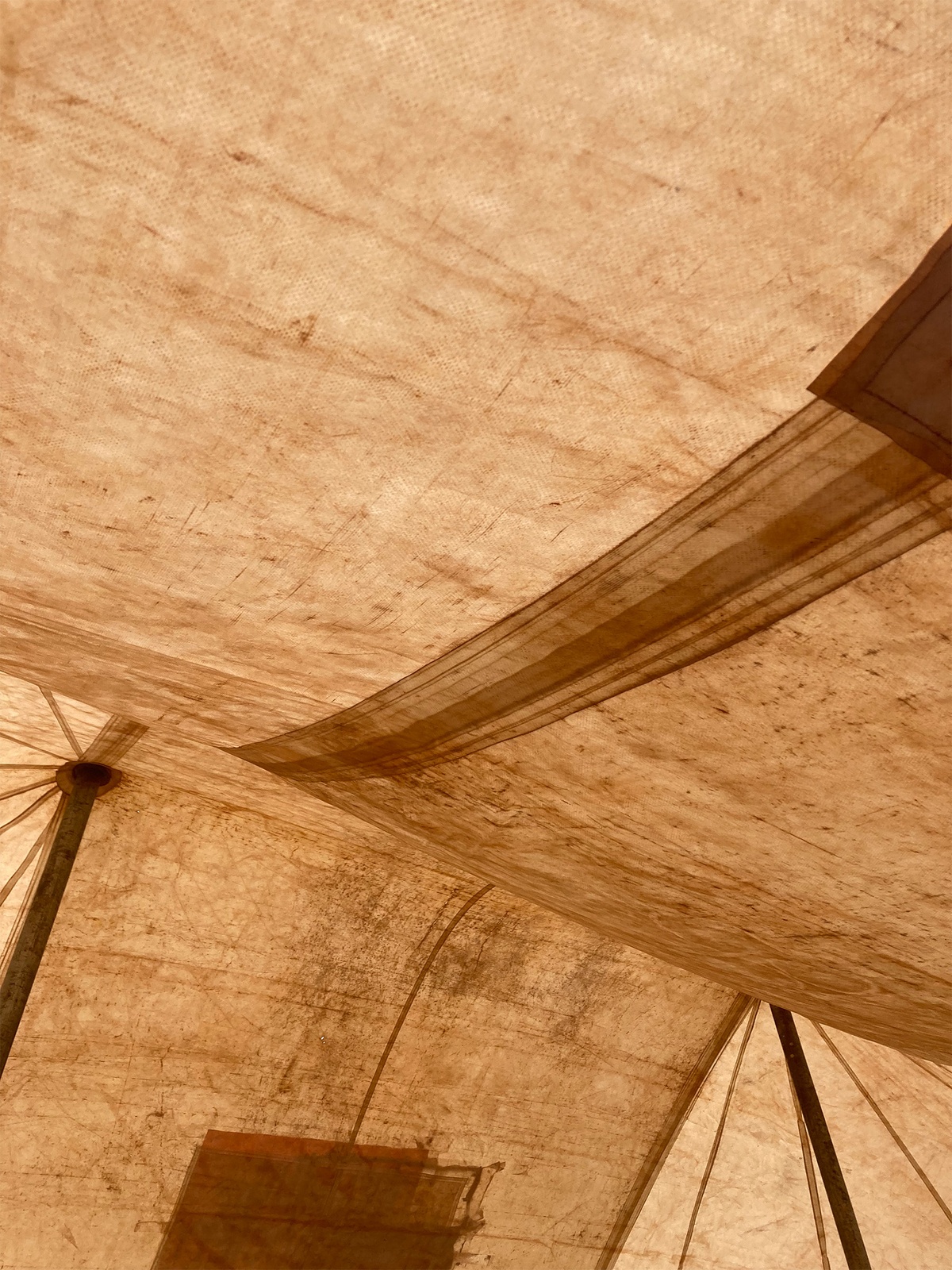
During a conversation about a potential installation in A4’s exhibition space, Unathi Mkonto shared an anecdote about a family funeral. In an attempt to make space for all of the attendees, a marquee was placed over the home’s boundary wall, dividing the party into two. The guests within the yard had easy access to resources such as the catered food and drinks. The guests outside of the wall were obliged to rely on the guests within the wall to share these resources. I was struck by this clear illustration of the obstacles faced while trying to equitably govern and distribute shared resources.
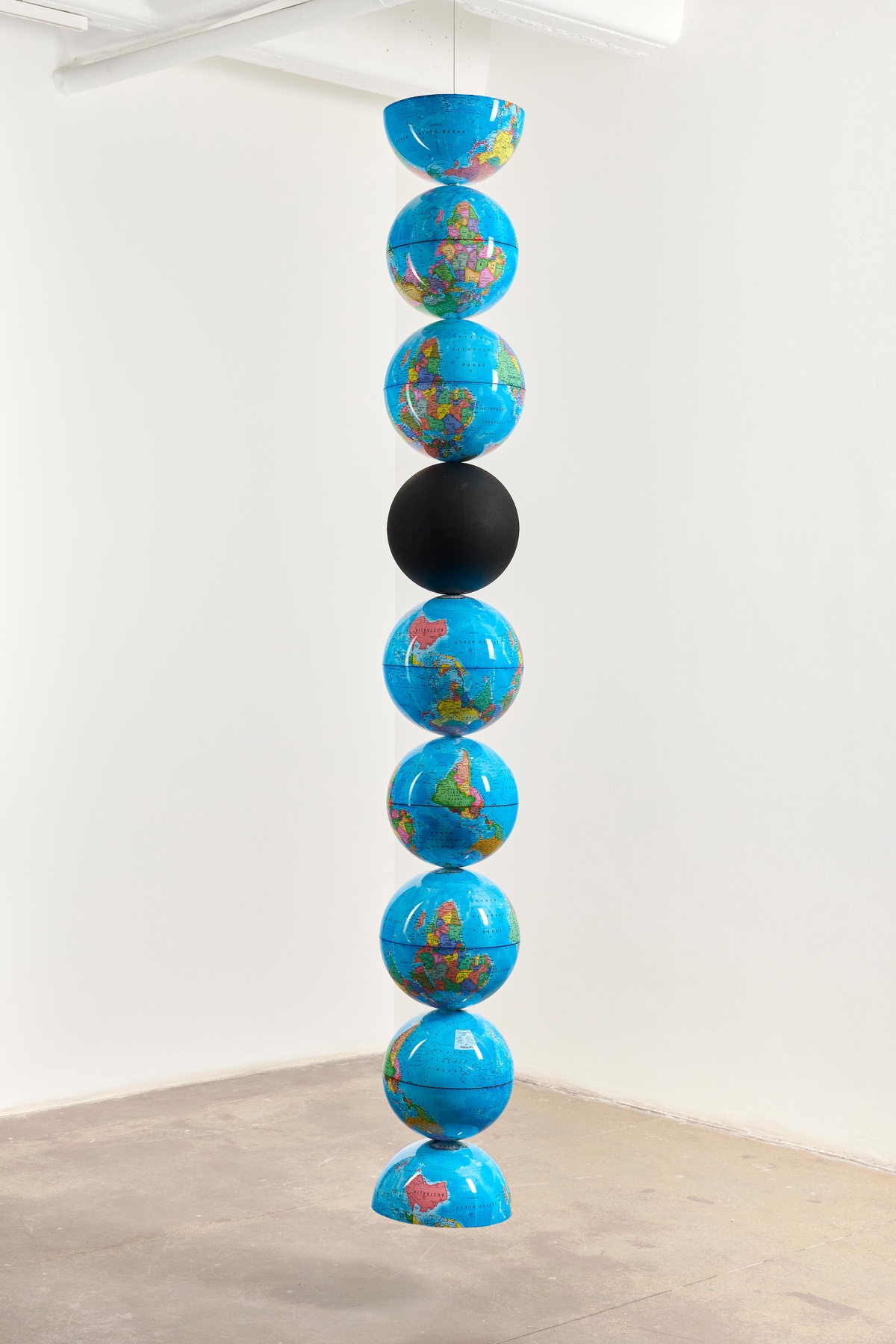
At the time of hearing this anecdote, I was in the process of reading Charlotte Hess and Elinor Ostrom’s Understanding Knowledge as Commons (2007). As described by Ostrom and Hess, when managing natural resources (e.g. fishing waters; forests), equitable access has to be balanced with sustainability. They are highly ‘subtractive’. In contrast, culture and knowledge are non-subtractive. In other words, reading books and listening to music encourages people to make more books and music.

In South Africa, the majority of cultural resources are often held amongst a privileged few. I was interested in how Hess and Ostrom’s design framework for more equitable and sustainable governance of shared resources could be applied in this context.Social was a project which made a call to cultural workers to submit visual material from collaborative art projects to be archived and exhibited. We surveyed contributors about how they were able to create and maintain their projects without engaging in the commercial art market. This was the beginning of Common.
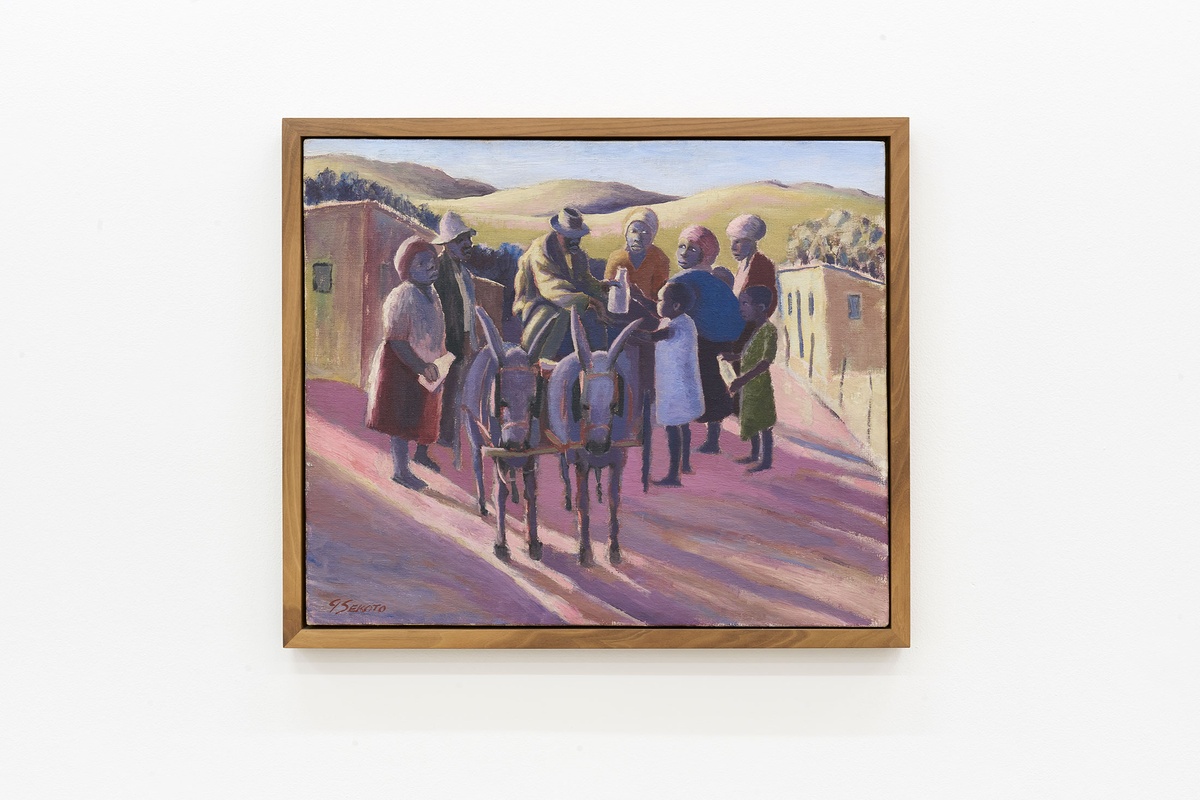
Through artworks and archival objects, Common aimed to use relatable examples of varying forms of resource pools, to illustrate how widely the concept can be applied throughout everyday life. The exhibition also sought to show the benefits of a well-governed commons, and the obstacles faced in its pursuit – keeping in mind the values and needs of the people who use it.
How are aesthetic signifiers used to communicate access to a common resource pool?
Solidarity

Abundance

Familiarity

Common also gestured towards the issues concerning the state of the commons in digital spaces. While reading Shoshana Zuboff’s The Rise of Surveillance Capitalism (2019), I was interested in the contrast of the Web 2.0 dream of the Internet as a commons, prioritising open access, interactivity, and collaboration (e.g. sites like Wikipedia) vs the monopolistic corporations which mine our behavioural data and control the information that is served to us based on financial imperatives.
We are no longer the subjects of value realization. Nor are we, as some have insisted, the ‘product’ of Google’s sales. Instead, we are the objects from which raw materials are extracted and expropriated for Google’s prediction factories. Predictions about our behavior are Google’s products, and they are sold to its actual customers but not to us. We are the means to others’ ends.– Shoshana Zuboff (2019)

Online paywalls and regional restrictions, the proliferation of subscription plans, and so on, are the digital counterpart to the physical barriers which restrict our movements and access in the name of property ownership and nationalism.
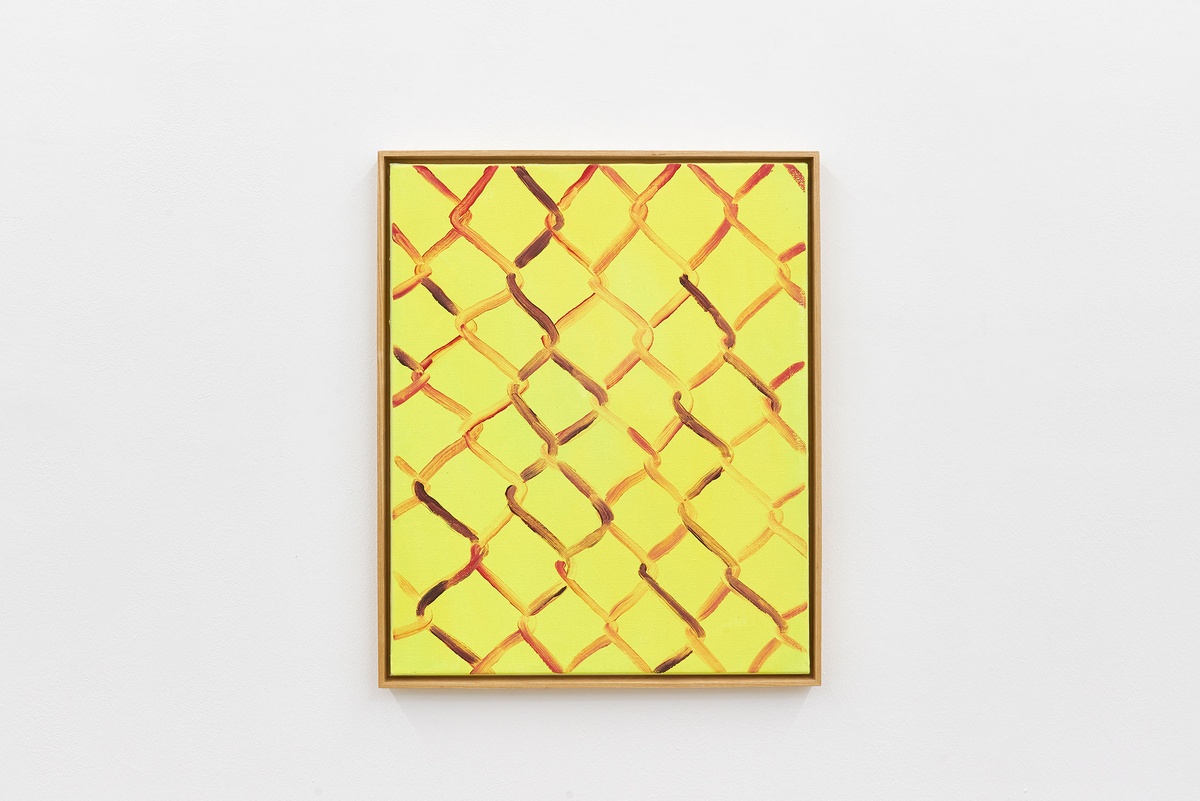
Common enacted the ideas expressed by the artworks in the exhibition by contributing to the cultural commons. In addition to the protest T-shirts, loaned from GALA Queer Archive and the South African History Archive and carefully documented by A4 in a publicly accessible database, we collaborated with Kudzanai Chiurai’s The Library of Things We Forgot To Remember.
The Library is a collection of archival materials produced throughout Africa during the liberation movements of the twentieth century. A4 digitised a selection of The Library’s vinyl records, and artist and curator Mitchell Gilbert Messina used his technical ingenuity to create a tactile audio system. This system enabled visitors to play reproductions of the records as they wished, while maintaining A4’s role as custodians of the original objects.


The exhibition’s central table served as a place for the public to listen to music and to read books about the histories represented within the exhibition, as well as the ‘Common Course Reader’, a collection of essays and book extracts which informed the exhibition and expanded upon some of the ideas it referenced. A full bibliography can be found on the last page of the exhibition’s wayfinder.
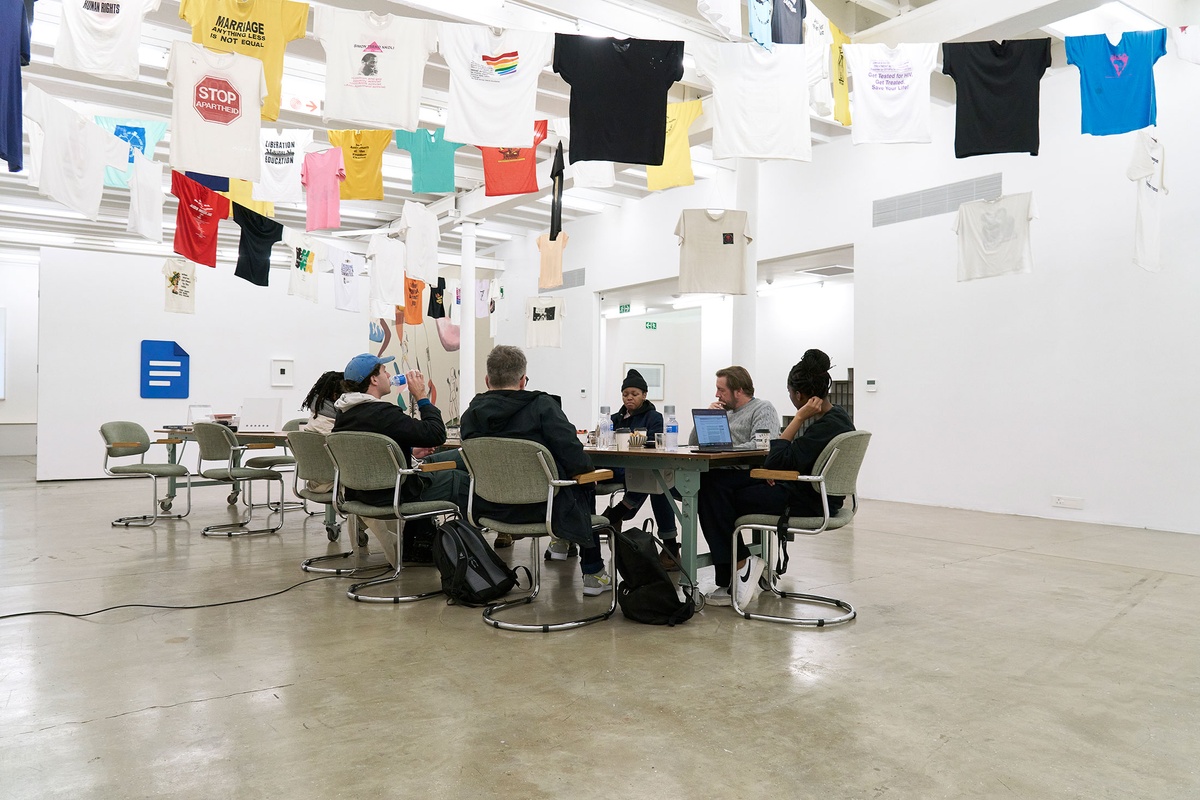
Finally, returning to Social, the table also acted as a space for discussion. Practitioners who had co-founded project spaces were invited to discuss their experiences. Topics included how to find exhibition spaces and other resources, conflict resolution, sharing the responsibility of management, sustainability, and access.Projects included in the roundtable discussion:Under Projects, FEDE Art House, YOUNG BLACKMAN, and Adjective.